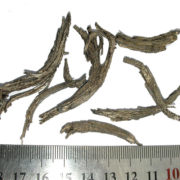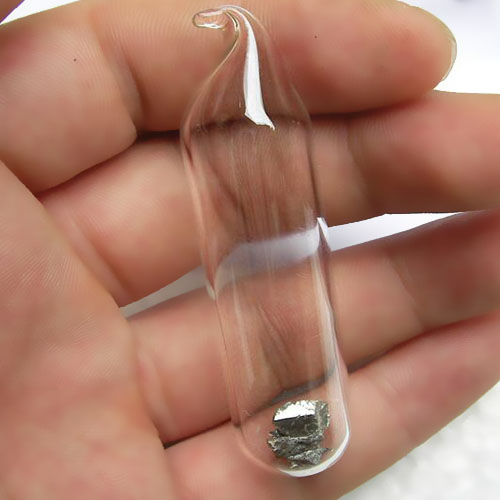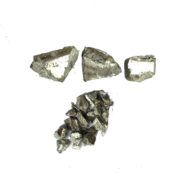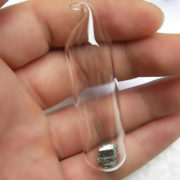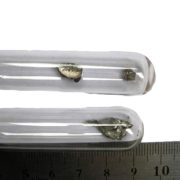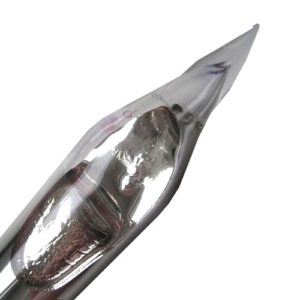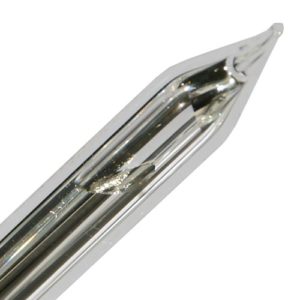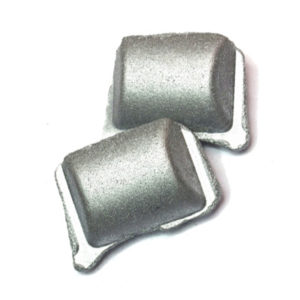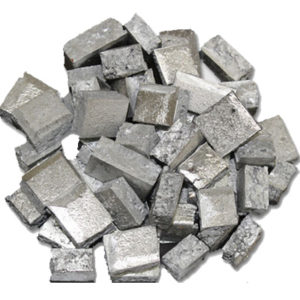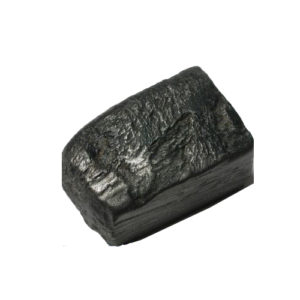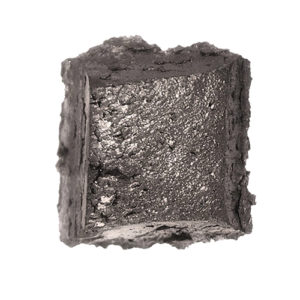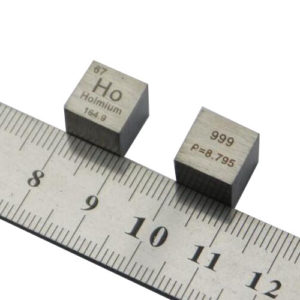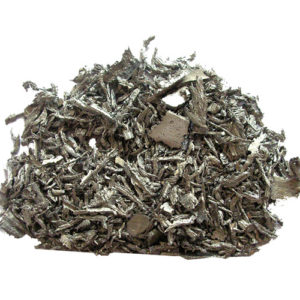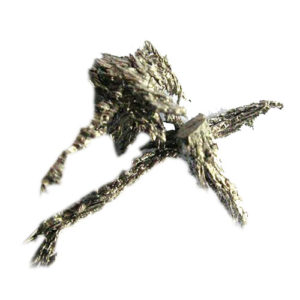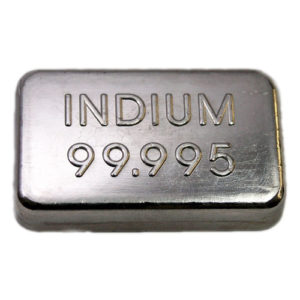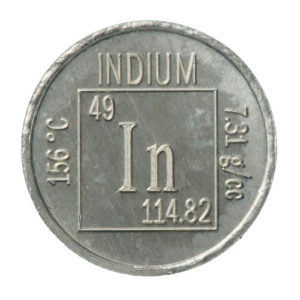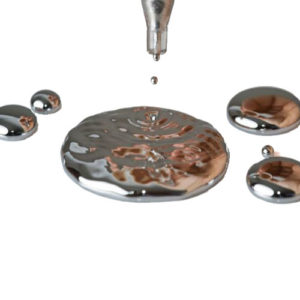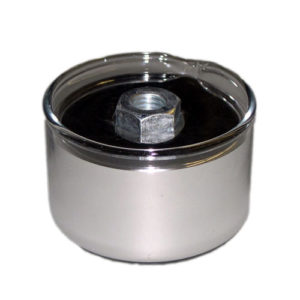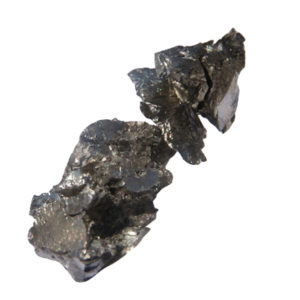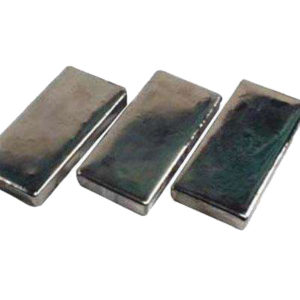Terbium Metal Tb
Is the leading manufacturer and supplier of various Rare Earth Oxides, Compounds, Metals & Alloys of our. is committed to satisfying all of customer’s technical requirements and offer a completely efficient service, now exporting more than 300 kinds of Rare Earth products to more than 30 countries worldwide.Individual Rare earth including Lanthanum, Cerium, Neodymium, Praseodymium, Samarium, Europium, Gadolinium, Dysprosium, Terbium, Holmium, Erbium, Ytterbium, Lutetium, Thulium, Scandium and Yttrium.
With the advanced extraction lines, we separate Rare Earth mixed compounds to 99% to 99.9999% various purities of individual and co-precipitated Rare Earth chemicals, including Oxides, Acetates, Chloride, Carbonates, Hydroxides, Fluorides, Nitrates, Oxalates, totally covered 90% of Rare Earth products, applied widely in manufacturing tri-band phosphors, advanced ceramics, pigments, glass, glazes, laser crystals, Rare Earth doped fibers.
With higher requirements for quickly developing technology, the advanced materials can provide with higher surface area, smaller or large particle size for specialty applications.By additional Ion-Exchange facility, we process individual Rare Earth oxides to a purity of 99.9999% for high-tech Rare Earth doped performance materials.
| Group | Lanthanides | Melting point | 1359°C, 2478°F, 1632 K |
| Period | 6 | Boiling point | 3230°C, 5846°F, 3503 K |
| Block | f | Density (g cm−3) | 8.23 |
| Atomic number | 65 | Relative atomic mass | 158.925 |
| State at 20°C | Solid | Key isotopes | 159Tb |
| Electron configuration | [Xe] 4f96s2 | CAS number | 7440-27-9 |
|
Tb/TREM (% min.)
|
99.99
|
99.99
|
99.9
|
99
|
|
TREM (% min.)
|
99.9
|
99.5
|
99
|
99
|
|
Rare Earth Impurities ( in TREM, % max.)
|
||||
|
Eu
Gd Dy Ho Er Tm Yb Lu Y |
0.001
0.002 0.003 0.001 0.001 0.001 0.001 0.001 0.001 |
0.001
0.002 0.003 0.001 0.001 0.001 0.001 0.001 0.001 |
0.001
0.002 0.05 0.01 0.005 0.001 0.001 0.001 0.003 |
Totally 1.0
|
|
Non-Rare Earth Impurities ( % max.)
|
||||
|
Fe
Si Ca Al Mg W Ta O C Cl |
0.01
0.005 0.005 0.005 0.005 0.05 0.0005 0.015 0.005 0.005 |
0.1
0.01 0.05 0.01 0.01 0.05 0.01 0.15 0.01 0.01 |
0.15
0.01 0.05 0.01 0.01 0.05 0.01 0.15 0.01 0.01 |
0.15
0.01 0.05 0.01 0.01 0.05 0.05 0.2 0.03 0.02 |
Uses and properties
The abstracted compact disc symbol reflects the use of the element in the manufacture of the first rewritable compact discs.AppearanceA soft, silvery metal.Uses
Terbium is used to dope calcium fluoride, calcium tungstate and strontium molybdate, all used in solid-state devices. It is also used in low-energy lightbulbs and mercury lamps. It has been used to improve the safety of medical x-rays by allowing the same quality image to be produced with a much shorter exposure time. Terbium salts are used in laser devices.An alloy of terbium, dysprosium and iron lengthens and shortens in a magnetic field. This effect forms the basis of loudspeakers that sit on a flat surface, such as a window pane, which then acts as the speaker.Biological role Terbium has no known biological role. It has low toxicity.
Natural abundance Terbium can be recovered from the minerals monazite and bastnaesite by ion exchange and solvent extraction. It is also obtained from euxenite, a complex oxide containing 1% or more of terbium.The metal is usually produced commercially by reducing the anhydrous fluoride or chloride with calcium metal, under a vacuum. It is also possible to produce the metal by the electrolysis of terbium oxide in molten calcium chloride.As a synthetic chemist whose job it is to study the chemistry of the lanthanide ions, I am often asked which one is my favourite. This is not however a particularly easy question to answer, and my reply often varies depending on which element I have been playing with in the lab that week. You see, although a common perception is that lanthanides all have the same chemistry, and some have even described them as ‘boring’, each element has its own unique and special characteristics.Terbium, element number 65, is no different and lies in the middle of the lanthanide series in between gadolinium and dysprosium. It is one of the rarer rare earth elements, although it is still twice as common as silver in the Earth’s crust. It is also one of the four lanthanide elements that are named after the place of its discovery, Ytterby in Sweden, ‘the village of the four elements’. Terbium was first isolated after several of the other lanthanides in Stockholm, Sweden by Carl Gustav Mosander in 1843, who suspected that the mineral Yttria discovered previously in 1794 by Johan Gadolin might harbour other elements, just as ceria had done previously. Mosander was Professor of Chemistry and Mineralogy at the Karolinska Institute in Stockholm, and he succeeded in showing that yttria was mainly yttrium oxide, but also contained two other oxides, terbium oxide, which is yellow in colour and erbium oxide, which is a rose pink colour.Compounds of terbium generally contain the terbium ion in its 3+ valence state, however in some solids, terbium is quite unusual in that it can exist in the 4+ valence state, due to the fact its fourth ionisation energy is relatively low so it attains a more stable half filled shell of electrons just as its neighbour gadolinium. The most striking property of terbium compounds comes from its spectroscopic and optical properties, which makes it one of the more exciting and studied lanthanide elements.Terbium in the +3 state radiates an aesthetically pleasing luminous green colour when the correct wavelength of energy is used to excite the atoms. This is because terbium 3+ ions are strongly luminescent, so strong in fact, that its luminescence can often be seen by the naked eye The human eye is particularly sensitive to the colour green and even small amounts in the right compound are easily detectable by eye. This bright colour renders terbium compounds particularly useful as colour phosphors in lighting applications, e.g. in fluorescent lamps, where it is a yellow colour, and as with europium(III) which is red, provides one of the primary colours in TV screens; who knew that Tb could be in your TV set! Some terbium compounds are also quite unusual in that they display a phenomenon known as triboluminescence. This is a process where light is emitted when a crystalline solid compound is fractured, so a fracture in the crystalline lattice for example will result in the emission of bright green light that can be seen. The triboluminescence of Tb containing compounds can be exploited in fibre optic sensors that measure changes in mechanical stress e.g. pressure, strains, vibrations and acoustic emissions and has been proposed to be of use in monitoring structural stress in aeroplane wings!
Molecular terbium compounds have also found use in biological and medical research. The green emission of terbium compounds is very long lived, typically in the order of milliseconds, which means it can be detected long after the fluorescence of biological molecules has decayed away, and hence can be used as a biological probe to signal certain events. The luminescence from molecular Tb compounds can be switched on and off by chemical manipulations to the molecule and this has been exploited in the fabrication of sensors that measure the partial pressure of oxygen for example. Other Tb compounds have been used for the determination and quantification of drugs, in DNA and RNA assays, for the determination of protein structures and probes are currently being developed for in vitro cell imaging to aid in the early detection and treatment of diseases including cancer. Finally, Tb phosphors are also used as security inks and are found in anti counterfeit Euro bank notes, although europium is perhaps a little more famous for this role.
Besides its fantastic green colour, terbium also finds a niche role in its use in an alloy called Terfenol-D. Terfenol-D is an alloy of Tb, Fe and Dy and is a material that changes shape in a magnetic field; so called magnetostriction. It is used commercially in a speaker called the ‘SoundBug’, which turns any flat surface into a speaker! The device works by vibrating any material onto which it is placed such as a table or desk, making it into a speaker.
So what do TV screens, Euro bank notes, triboluminescence and SoundBug speakers all have in common? Terbium of course! So, now when someone asks me which lanthanide is my favourite, I’d have to say that terbium is definitely one of them.
